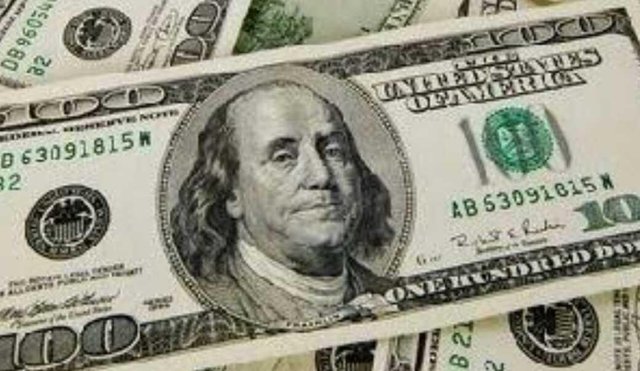INTERNATONAL ECONOMY

Understanding the international economy The international economy is a science that studies everything about economic relations between countries. The international economy is a field of research that examines the implications of international trade in goods and services as well as international investment.
There are two topics about the international economy, namely international trade and international finance. 1) International trade represents international microeconomic economies such as supply and demand analysis, producer and consumer behavior, perfect market competence structure, oligopoly and monopoly and the impact of market changes. In general, in this area, endoscriptic relationship between consumers, producers, factor owners and government.
- International Finance introduces the macroeconomic international economy. Focus on the relationship between macroeconomic variables such as GDP, unemployment rate, inflation rate, trade balance, exchange rate, interest rate, etc. International trade theory1. Classical Theory) Absolute Advantage - Absolute Advantage - Adam Smith This theory is based on the size (variable) of real non-monetary, often known as pure theory (pure theory) of international trade.
This theory focuses on real variables such as the value of an object, measured by the amount of work that was used to produce a good object. B) The use of relative (comparative advantage) - J.S. Mill This theory states that a state produces and exports goods that have the greatest comparative advantage, and imports goods that have comparative disadvantages, that is, goods that can be produced at a lower cost and that import goods that, when manufactured, yield much Costs money. c) Relative costs (comparative costs) - David Ricardo The starting point of Ricardo's theory of international trade is his Theory of value.
According to Ricardo, the value of an object depends on the amount of labor that is spent on the production of the goods (labor cost theory). Basically, the theory of comparative costs and comparative advantage is the same only if the theory: comparative advantage for a certain number of Workers in each country with different performances.
While the cost of comparison for a given amount of production differs from the time required. one after the other. 2. Theory of Modernity) The theory of the Heckscher-Ohlin H-O theory is often referred to as the theory of the relationship between factors of production and factor intensity theory. Each has the factors of production in different equations, but to produce certain commodities also requires a certain combination of factors of production.
To produce a product whose production function is the same, but the ratio of the use of different factors (due to the possibility of replacing one factor within a given number with another factor) b) Theory The similarities of the factor price distribution The core of the theory is that free trade probably leads to equal production factors in different countries.
From the theory of the ratio factor H-O, as long as State A increases the production of goods, X will lead to increased labor demand, otherwise the decline in the production of Goods Y will mean lower demand for capital. It will tend to lower wages and increase the price of capital (return). c) Supply and Demand Theory Basically, trade arises between the two countries due to supply and demand. For example, this offer differs due to the different supply and demand, while the offer, for example, shows differences in the quality of the production factors, the technology level and the external effects. International economic policy 1.
Customs Restrictions (Customs Restrictions) Customs duty is a charge on goods carried through customs territory. The customs territory is a geographical area where duty-free goods are tax-free (customs). Tariff is a policy made by the government to impose a tax or tax on imported goods. There are two customs forms: a) .Adserveerem Duty is a set based on the value of imported goods. For example, suppose one country pays 25 percent for each imported unit. b). Certain taxes are levied per unit of imported goods, such as $ 3 for each barrel of oil. 2. Non-tariff protection (non-tariff restrictions) a) .KotaKuota is a quantitative restriction not only to imports but also to exports from many countries.